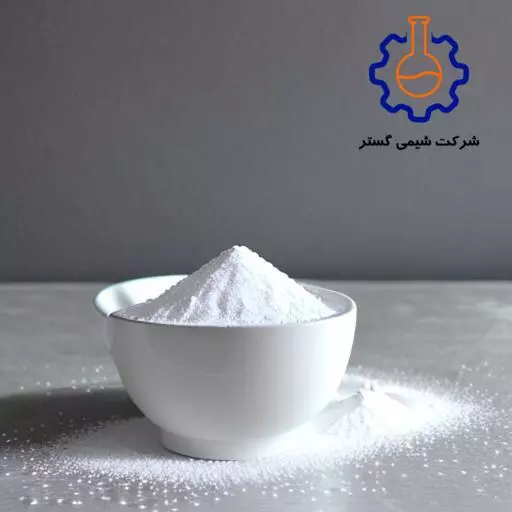Before entering the role of calcium chloride in deicer, it is better to get acquainted with the definitions in this appendix.
Anti-icing
Anti-icing is a process where calcium chloride or any other liquid is applied to the road before it rains. This is a very effective way to fight snow and ice. This process prevents snow and ice from sticking to the surface texture of the road, which makes it easier to remove snow and ice.
Deicer
Deicing is a method of removing snow and ice that has already accumulated. Using a product like calcium chloride will help with thawing, especially when temperatures start to drop below 20 degrees.
Pre-wetting
Refers to the process of wetting granular materials (such as salt and sand) with a machine before spreading them. This process allows your granular material to operate at a much lower temperature than normal. Salt loses its effectiveness for melting snow and ice when the temperature drops below 20 degrees. Soaking allows your ingredients to work more effectively at much lower temperatures.
Antifreeze is used to melt ice and snow on the surface of roads and highways to create better driving conditions. Among the salts that are used in this way, we can mention calcium chloride, magnesium chloride, sodium chloride, a mixture of them or their mixture with other salts.
The important point in using deicers is determining the time to use deicer and using it on time. Calcium chloride is used both as a deicer and as an antifreeze.
How calcium chloride works to remove snow and ice
When the ice is exposed to calcium chloride, the following factors cause the ice to melt. Also, by appearing inside the ice crystals, it causes the bonds to break and the ice to melt.
- Generation of heat: Calcium chloride when dissolved in water releases heat to melt ice.
- Moisture absorber: Calcium chloride absorbs the moisture required for the melting process and eventually melts the ice.

Benefits of using calcium chloride
- Low operating temperature: Calcium chloride has a low eutectic point, making it effective at -25 degrees Fahrenheit.
- Quick effect: Calcium chloride starts to work immediately after use to melt the ice by breaking the bond between the ice and the road.
- Efficiency: Calcium chloride melts a significant amount of ice in the first 20 minutes after being applied to the surface.
Advantages of using the combination of calcium chloride and sodium chloride
It is suggested to use the combination of these two salts when the temperature is not low and at the same time a very large area must be protected. In this case, if calcium chloride is mixed with sodium chloride, it saves manpower, equipment, cost, and materials, and prevents abrasives from freezing and spreading and wasting them.
If we use sodium chloride alone, it causes the ice to refreeze at night or the next morning when the temperature drops.
Comparison of calcium chloride with sodium chloride
- Calcium chloride is eight times more effective than sodium chloride.
- Calcium chloride works at a temperature of -20, but sodium chloride works at a maximum temperature of 4.
- Calcium chloride acts as a moisture attractant, but sodium chloride needs moisture to perform defrosting.
- Calcium chloride creates heat and melts ice, but sodium chloride absorbs heat.
- Calcium chloride produces brine by melting ice, but sodium chloride needs brine to melt ice.
- Calcium chloride has lower freezing points than sodium chloride. Compared to sodium chloride, they cause less damage to the upper surface of the road.
Additives
According to different conditions, different types of organic, inorganic, natural additives and even disposable materials can be used, including the following:
Mineral additives: potassium, urea, sodium tripolyphosphate, magnesium sulfate or chloride, ammonium chloride or phosphate, sodium or calcium or zirconium silicate.
- Natural additive: calcite, diatomaceous earth, pozzolan, pumice, sand or gravel and small particles of asphalt or concrete, ash, lava and sandstone
- Organic additive: methyl acrylate polymers, oxyethylene, oxypropylene, urethane, vinyl acetate, carbohydrates (molecular weight 1000-180), ethyl and methyl alcohol, glycerin, glycol, 1-hexadecanol, metal lactates, 1,2- Propylene, propylene diamine dioleate, polyglycol, thioacids, solvents and surfactants
- Waste: waste materials from the alcohol production plant (including molasses, beet sugar, sugar cane), ashes, sludge and paper pulp
Conclusion
In this article, we learned about the antifreeze ability of calcium chloride (CaCl2). Calcium chloride is known as the best antifreeze because of its quick action and its ability to work at low temperatures. If you want to buy this product, contact us.


